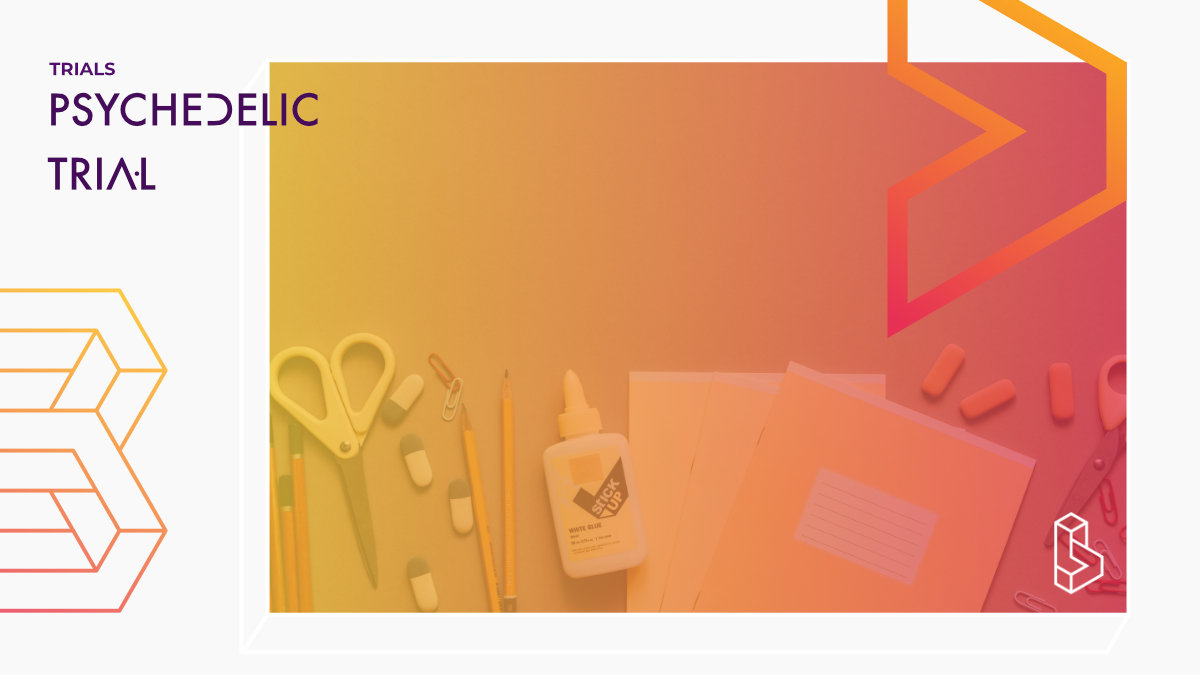Lysergic acid diethylamide (LSD) is used as recreational substance and as a research substance to study the mind. Recreationally, LSD is typically used in the form of “blotters” containing LSD tartrate. In research, both LSD base (LSD alone) or LSD salt in the form of LSD tartrate are used. The oral bioavailability of LSD is not known and LSD alone and LSD as salt have never been directly compared regarding their equivalence of plasma concentrations and effects. Because different forms of LSD are used in research it is important to know their difference or equivalence for correct dosing of LSD.
The present study will compare equivalent doses of LSD base in ethanol orally, LSD tartrate in water administered orally, LSD base in an orodispersible film administered orally and LSD tartrate in water administered intravenously, as well as a placebo using a double-blind, randomized, counterbalanced crossover design in healthy participants.
Trial Details
Trial Number
Sponsors & Collaborators
University of BaselThe University of Basel Department of Biomedicine hosts the Liechti Lab research group, headed by Matthias Liechti.
Papers
Absolute Oral Bioavailability and Bioequivalence of LSD Base and Tartrate in a Double-Blind, Placebo-Controlled, Crossover StudyThis randomized, double-blind, placebo-controlled crossover study (n=20) tests the bioequivalence and oral bioavailability of LSD base and tartrate in various formulations (ethanolic solution, watery solution, dissolvable tablet, and IV). All oral formulations were bioequivalent with 80% absolute oral bioavailability. IV LSD produced stronger subjective effects, including more ego dissolution and anxiety.

